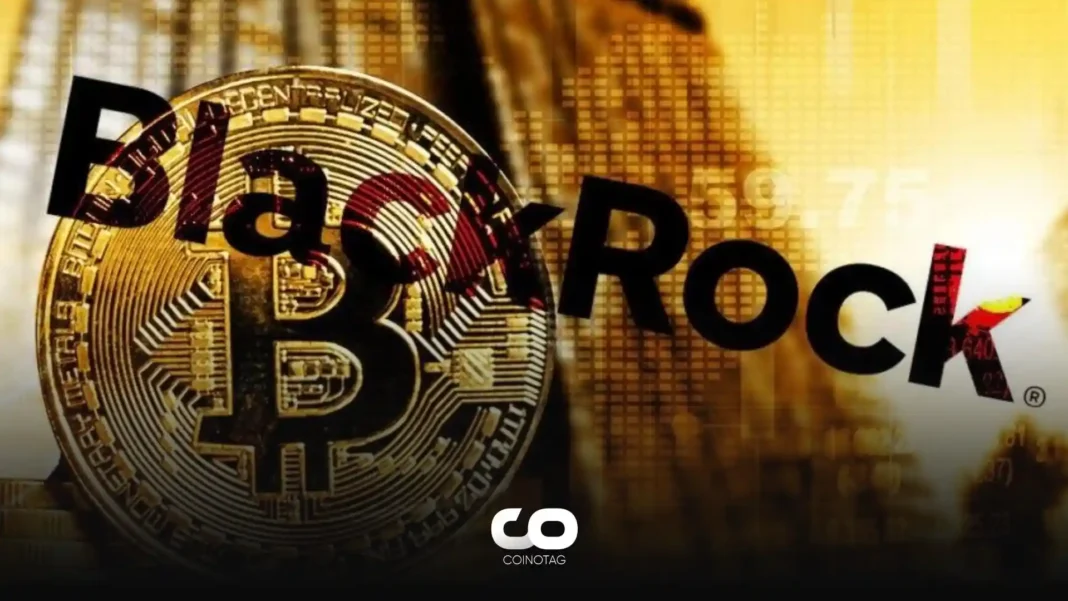- Bitcoin challenges the $66,000 mark as analysts predict continued volatility in the lead-up to the BTC halving event.
- Grayscale Bitcoin Trust faces unprecedented outflows, raising concerns over the stability of crypto ETFs.
- “The drawdown still remains in line with the expected range of 10-20% as we’ve seen historically,” says Semir Gabeljic of Pythagoras Investments.
This article explores the recent fluctuations in Bitcoin’s price, the impact of ETF outflows, and the fading hopes for an Ethereum ETF approval. Discover what these developments mean for the crypto market’s future.
Bitcoin Faces More Volatility Ahead
During the Asian trading hours on Friday, Bitcoin tested the $66,000 threshold, a significant move that underscores the cryptocurrency’s ongoing volatility. This recent activity is partly attributed to substantial outflows from the Grayscale Bitcoin Trust (GBTC), which saw about $300mm leave on March 20. According to Semir Gabeljic, Director of Capital Formation at Pythagoras Investments, these movements are within the expected range before the BTC halving, indicating a potentially rocky path ahead for the market’s leading cryptocurrency.
ETF Outflows Highlight Investor Concerns
The Grayscale Bitcoin Trust and potential Ethereum ETFs are currently at the heart of investor anxiety, with GBTC experiencing a record outflow of $642 million on March 18. This trend continued throughout the week, totaling $1.8 billion in outflows. Such significant movements suggest a lack of confidence among investors, potentially spurred by regulatory challenges and the broader market’s instability. Furthermore, the widening discount on the Grayscale ETH Trust highlights diminishing expectations for a near-term approval of an Ether ETF, adding another layer of uncertainty to the crypto market.
Ethereum ETF Prospects Dim Amid SEC Scrutiny
The fading optimism for an Ethereum ETF approval has been exacerbated by increased scrutiny from regulatory bodies, including an investigation by the Securities and Exchange Commission (SEC) into the Ethereum Foundation. The market’s reaction, as evidenced by prediction markets like Polymarket, suggests a mere 21% probability of an Ethereum ETF being approved by the end of May. Such regulatory hurdles not only dampen the prospects for Ethereum but also reflect broader concerns regarding the classification and regulation of digital assets.
Market Impact and Future Outlook
As the crypto market grapples with these challenges, the future outlook remains uncertain. The substantial outflows from crypto ETFs, coupled with regulatory pressures, have led to increased market volatility. However, some analysts, like Eric Balchunas from Bloomberg, speculate that the worst may be nearing its end, suggesting that a stabilization phase could be on the horizon once institutional outflows subside. This potential shift could mark a critical turning point for the market, with retail investors poised to play a more significant role in its recovery and growth.
Conclusion
In summary, the recent market activities underscore a period of transition for the cryptocurrency sector. As Bitcoin tests new price levels amidst ETF outflows and Ethereum faces regulatory challenges, the market is navigating through a phase of volatility and uncertainty. However, the potential stabilization post-institutional outflows could pave the way for a more retail-driven market dynamic. As the industry evolves, these developments will be crucial in shaping its future trajectory.







